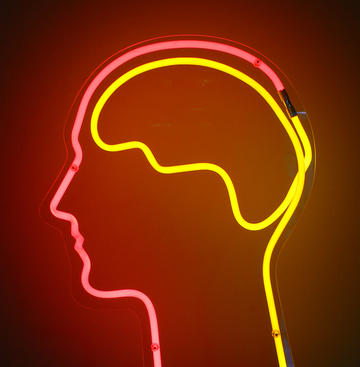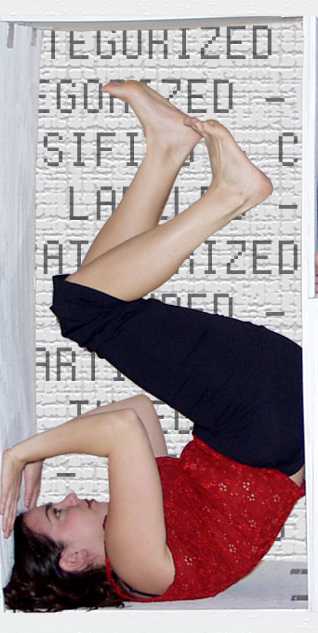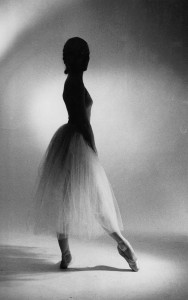Happy March! I hope spring is making a welcome appearance in your part of the country / world!
We recently had an article on Mirrors in the Classroom, by Sally Radell, of Emory University in Atlanta, GA. The first
article was written more for the dancer — Sally has now written one for us which focuses on mirror use from
the teacher’s perspective.
It’s so important for teachers to understand the effect mirrors can have – both positive and negative – and how to best integrate them into classroom teaching, for the students’ best interests. As I mentioned in my intro for Sally’s
first article, I always remember the great Betty Jones (Jose Limon Company dancer and world-famous Limon teacher) saying, “mirrors put you outside your body, not in it” — good words to take to heart, and now we have recent research, such as Sally Radell’s, to give scientific support to them!
Happy Spring 🙂
Jan
______________________________________
It’s easy to develop a “mirror addiction” when teaching dance. This is particularly evident when teaching beginning level technique classes. I primarily use the mirror as a classroom management tool to visually “bring all of us together” in the learning of new phrases. I usually have the whole class face the mirror. I stand in front, also facing the mirror, as I demonstrate the new material with the dancers behind me following along. This enables me to watch the students as I guide them through the phrase while simultaneously calling out movement cues to help them through the challenging portions of the material. This can be a particularly efficient use of time in short dance classes where I am always pushing myself to make it through my lesson. However, I have noticed a certain level of dependence on using the mirror in my teaching; too much reliance on the mirror can create problems that are detrimental to students’ technical development and body image.
What are the drawbacks of mirror use in the dance classroom?
- Especially when I work with beginning dancers, I see that the visual reflection of their bodies in the mirror is a more powerful experience than the proprioceptive muscular sensation of performing a movement. Under these circumstances, a dancer “removes herself from her body” to the point where she cannot learn to fully trust her proprioceptive self. Yet without full access to this movement information, a dancer’s growth can be impeded.
- Research shows that mirrors in dance classes can contribute to the development of a poor body image for dancers. Often more advanced students will be more critical of their body in the mirror because they have a more highly developed eye for identifying technical weaknesses. They struggle to negotiate between the two-dimensional reflection of their body in the mirror and their three-dimensional body in motion. This heightened self-consciousness may cause a dancer to see her body as an object to compare to others in the room. This whole dehumanizing process can cause stress, negative self-evaluation, and ultimately a poor body image.
- Teaching with mirrors can slow down the development of a dancer’s technical skills, especially in the slower adagio phrase where students find plenty of time for mirror-gazing. The more they focus on individual positions, the less likely they are to learn the flow of movement and the muscular connections a dancer needs for smooth technical advancement.
- Remember that not all students have the maturity and objectivity to use the mirror constructively. Dance counselor Julia Buckroyd, who is an emeritus professor from the University of Hertfordshire in the UK, reports that most teenage students are unable to see an accurate image of themselves in the mirror. They cannot detach themselves from their reflection in order to benefit fully from the information the mirror provides.
So what’s a dance teacher to do? [Read more…]










